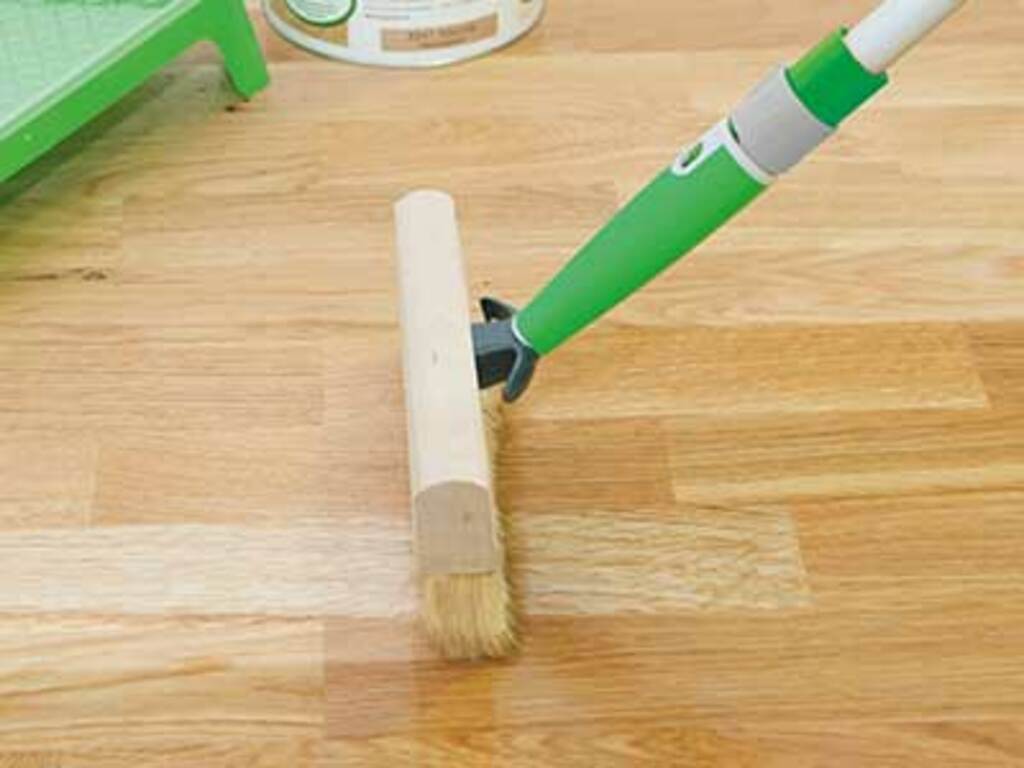Mastering the Art of Osmo Oil Application: Expert Tips and Tricks
 In the realm of Osmo oil application, a key element for success lies in understanding the diverse range of Osmo oil variants available. When embarking on a project, it is crucial to carefully consider several factors in order to select the most suitable oil for the task at hand. You must meticulously match the specific oil type to the particular wood species involved, taking into account its unique characteristics and requirements. Additionally, project-specific needs and expectations should be factored into the equation to ensure optimal results. By navigating through these considerations, you can expertly wield the power of Osmo oils, attaining a professional touch that seamlessly merges the chosen oil variant with the wood species and project objectives.
In the realm of Osmo oil application, a key element for success lies in understanding the diverse range of Osmo oil variants available. When embarking on a project, it is crucial to carefully consider several factors in order to select the most suitable oil for the task at hand. You must meticulously match the specific oil type to the particular wood species involved, taking into account its unique characteristics and requirements. Additionally, project-specific needs and expectations should be factored into the equation to ensure optimal results. By navigating through these considerations, you can expertly wield the power of Osmo oils, attaining a professional touch that seamlessly merges the chosen oil variant with the wood species and project objectives.
Preparing the Wood Surface
Preparing the wood surface is an essential step when it comes to achieving outstanding results with Osmo oil application. To maximise the absorption of the oil, it is crucial to employ proper sanding techniques. This helps create a smooth and receptive surface that allows the oil to penetrate effectively. Furthermore, thorough cleaning and removal of any previous finishes are paramount to ensure the oil adheres properly and produces a flawless outcome. Before applying the oil, it is also important to address any imperfections or damage present on the wood surface. By repairing and addressing such issues, the wood surface is prepared to receive the oil, resulting in a finished product that showcases the utmost attention to detail and professional craftsmanship.
Applying Osmo Oil
When it comes to applying Osmo oil, attention to detail and employing the right techniques can make a significant difference in the final outcome. To begin, having the proper tools and equipment is essential. This includes high-quality brushes, rollers, or applicators specifically designed for oil-based finishes. With the right tools in hand, you can proceed with the step-by-step application process. This typically involves applying the oil in thin, even coats and allowing sufficient drying time between each application. Additionally, employing techniques such as brushing or rolling in the direction of the wood grain can help achieve an exceptionally smooth and flawless finish. By adhering to these best practices, you can achieve an application that showcases the utmost precision and craftsmanship, resulting in a stunning and durable Osmo oil finish.
Enhancing Durability and Protection
When it comes to enhancing the durability and protection of wood surfaces, Osmo oils offer exceptional properties to safeguard against wear and tear. Understanding the protective qualities of Osmo oils is crucial in optimising their benefits. These oils often provide resistance to water, stains, and UV damage, preserving the natural beauty of the wood over time. Layering techniques can be employed to further enhance durability, providing an additional shield against daily use and environmental factors.
By applying multiple thin coats of Osmo oil, each layer bonds with the previous one, creating a robust and long-lasting protective barrier. Additionally, proper maintenance is key to extending the life of the finish. This can involve routine cleaning, periodic reapplication of a maintenance coat, and avoiding harsh cleaning agents that could compromise the protective qualities of the oil. By understanding the protective properties of Osmo oils, utilising layering techniques, and following effective maintenance practices, one can significantly enhance the durability and longevity of the wood surface, ensuring its beauty endures for years to come.
Troubleshooting Common Issues
It's essential to be prepared for potential challenges that may arise while applying Osmo oil. Troubleshooting common issues can help ensure a smooth and flawless finish. Blotching or streaking is a common concern during the application process. To address this, it's important to ensure even and consistent application of the oil, making sure to follow the recommended drying times between coats. If uneven or patchy results occur, it may be necessary to lightly sand the affected areas and reapply the oil, ensuring a more uniform finish.
Additionally, various other challenges might arise during the application, such as dust particles or brush strokes. These can be mitigated by using appropriate application techniques, working in a clean and controlled environment, and using high-quality brushes or applicators. By being mindful of these common issues and employing troubleshooting techniques, one can overcome challenges and achieve a professional-looking finish with the Osmo oil application.
Advanced Tips and Tricks
For those seeking to take their Osmo oil application to the next level, exploring advanced tips and tricks can open up a world of creative possibilities. One exciting aspect is the ability to create custom finishes with Osmo oils. By experimenting with different oil variants, combining colours, or adding pigments, one can achieve unique and personalised effects that enhance the wood's natural beauty. Techniques for achieving specific effects or sheens are also worth exploring.
These may include methods such as distressing, antiquing, or layering different shades of Osmo oils to create depth and texture. Furthermore, innovative approaches to oil application can yield remarkable results. This might involve using unconventional tools, such as sponges or rags, to create interesting textures or patterns. By embracing these advanced tips and tricks, individuals can unlock their creativity and elevate their Osmo oil application to new heights, resulting in truly exceptional and distinctive finishes.